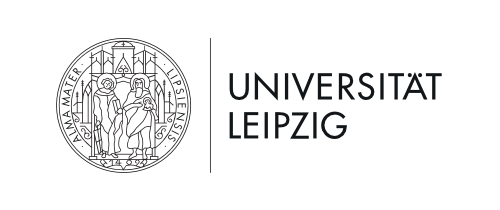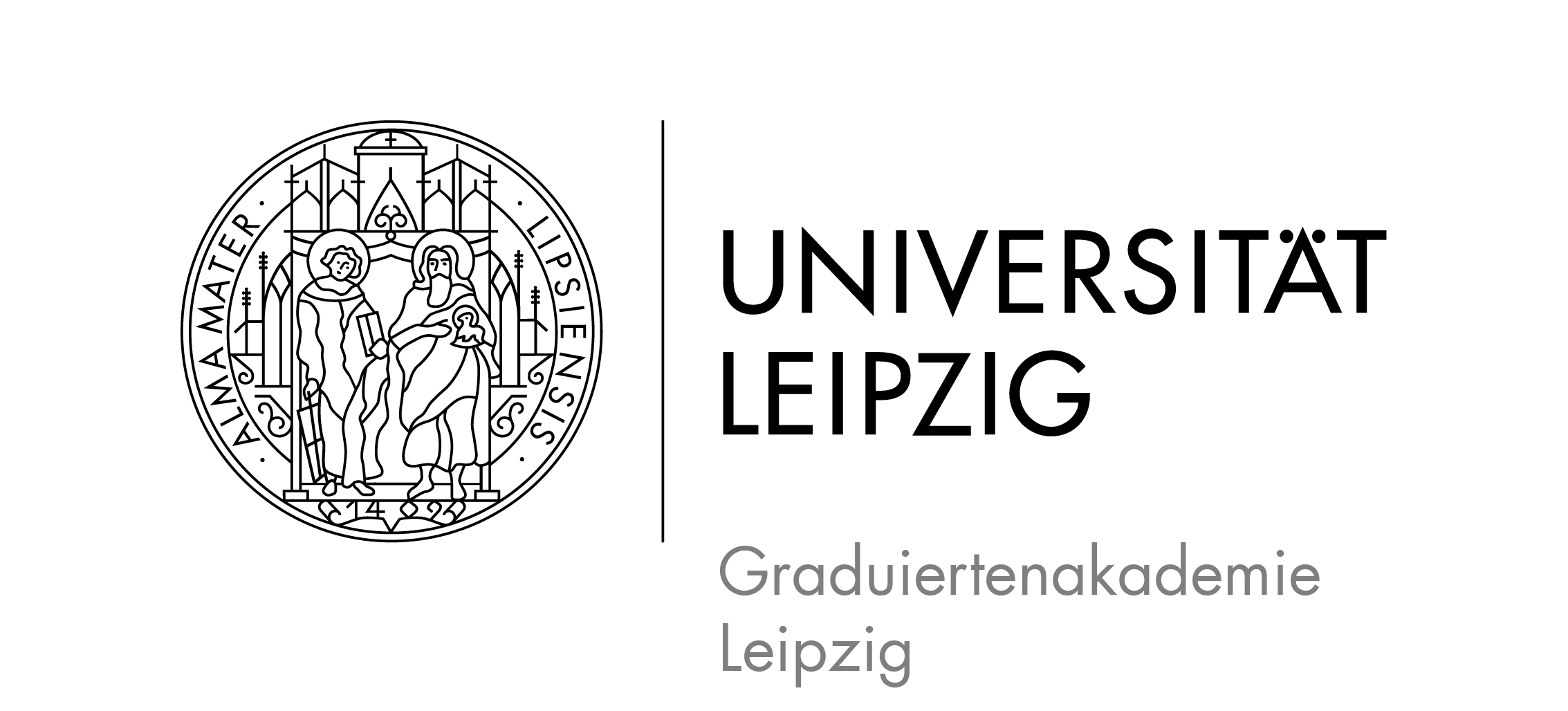Research Profile
Current research in chemistry, biology, and physics rapidly gains an understanding of objects on the molecular and nano-scale. Nano-objects, proteins, and macromolecules become more and more readily available. Interdisciplinary approaches that combine these building blocks from biology, chemistry, and physics will create new materials. Thereby it will be the particular challenge to develop building principles for materials that are more than the simple sum of the properties of their nano-constituents. It is our aim to develop the basic principles to make active or smart, complex, multifunctional materials. Biological cells exemplify that such materials can be created. The human genome projects illustrate what is waiting for nanosciences. Knowing all genes, i.e. the biological building blocks, does not mean that it is understood how proteins interact to achieve a certain biological function. Equally the combination of nano-objects to complex materials does not solely require a knowledge of the building blocks, it also requires an understanding of the building principles.
Functional materials with an industrial relevance typically require operation at ambient temperatures which is also perfectly suited to create and use hybrids from biomimetic and synthetic compounds. The properties of materials at these temperatures are particularly rich on the nanometer scale. On the other hand, the thermal energy contained in a nanoscale object approaches that of a chemical bond so that fluctuations on the nanoscale are capable of breaking bonds, causing the objects to spontaneously reassemble. Consequently we expect an intricate interplay of chemical and electronic properties for nanoscale systems. While the high-energy quantum structures of atoms, molecules and solids are well explored, and powerful concepts exist for the behavior of classical systems, the understanding of materials with nanoscale structures (below the crossing lines, highlighted in red) is still rather poor. While nature works and builds optimal solutions in “nanospace” driven by evolution, chemistry and physics only begin to exploit the potential for such an endeavor. Biology can teach us how structures associated with weak binding energies (a few kBT) influenced by thermal noise and self-organization far from thermal equilibrium lead to highly dynamic, complex materials.
It is also worth pointing out that conventional “top-down” approaches are problematic in understanding or manufacturing complex nano- and microscale structures. The knowledge of the bulk materials will not suffice in predicting their properties when utilized at the nanoscale, and the successive manipulation of a macroscopic material to create nanoscale structures is often prohibitively costly in an economic sense and in some cases impossible. Therefore, when dealing with complex, multicomponent, nanostructured materials, one has to choose a “bottom-up” approach, where nanoscale objects are constructed from individual molecules. Finally, a clear distinction between chemical and electronic structure fails at the nanoscale.
Consequentially, at the Universitšt Leipzig we engaged in an interdisciplinary “bottom-up” approach to modern materials. Establishing the Graduate School “Leipzig School of Natural Sciences – Building with Molecules and Nano-objects (BuildMoNa)” was the key element for pursuing our goal, since successful interdisciplinary research will be greatly facilitated by an interdisciplinary education of young talented doctoral candidates enabling them to move unconstrained across the borders of scientific disciplines. Such an effort greatly advances materials science in the area of intelligent, adaptive, and living forms of matter.
Our graduate program has several distinct, forward-looking features. Profound training in nanosciences, i.e. in mesoscopic physics, macromolecular chemistry, and nanobiology, is provided with a post-nano-perspective in mind. Therefore, our program stresses the assembling of nano-sized objects to materials that are more than the simple sum of the individual objects’ properties. This problem will become increasingly important when more and more nano-objects become readily available. Furthermore, the interdisciplinary connection between chemistry and biology or between physics and biology has become an obvious driving force of nanosciences since proteins in cells teach us how to assemble smart and multifunctional materials. However, these initiatives occur often without a sufficient connection between physics and chemistry leading to redundant efforts. In the design of our Graduate School we have paid attention to a strong link between these two fundamental sciences.
BuildMoNa Flyer (2021) (PDF, 2.4 MB)




